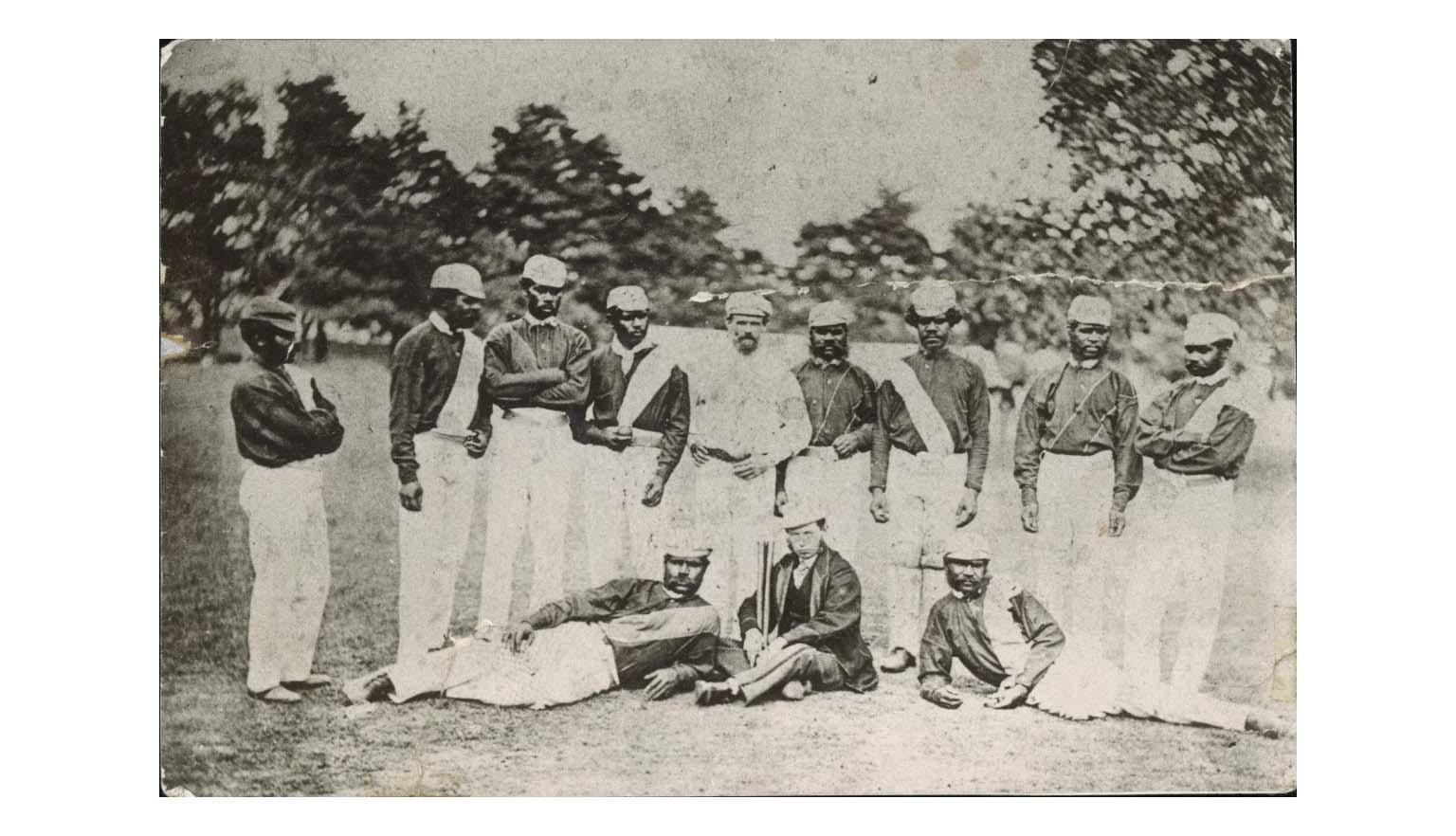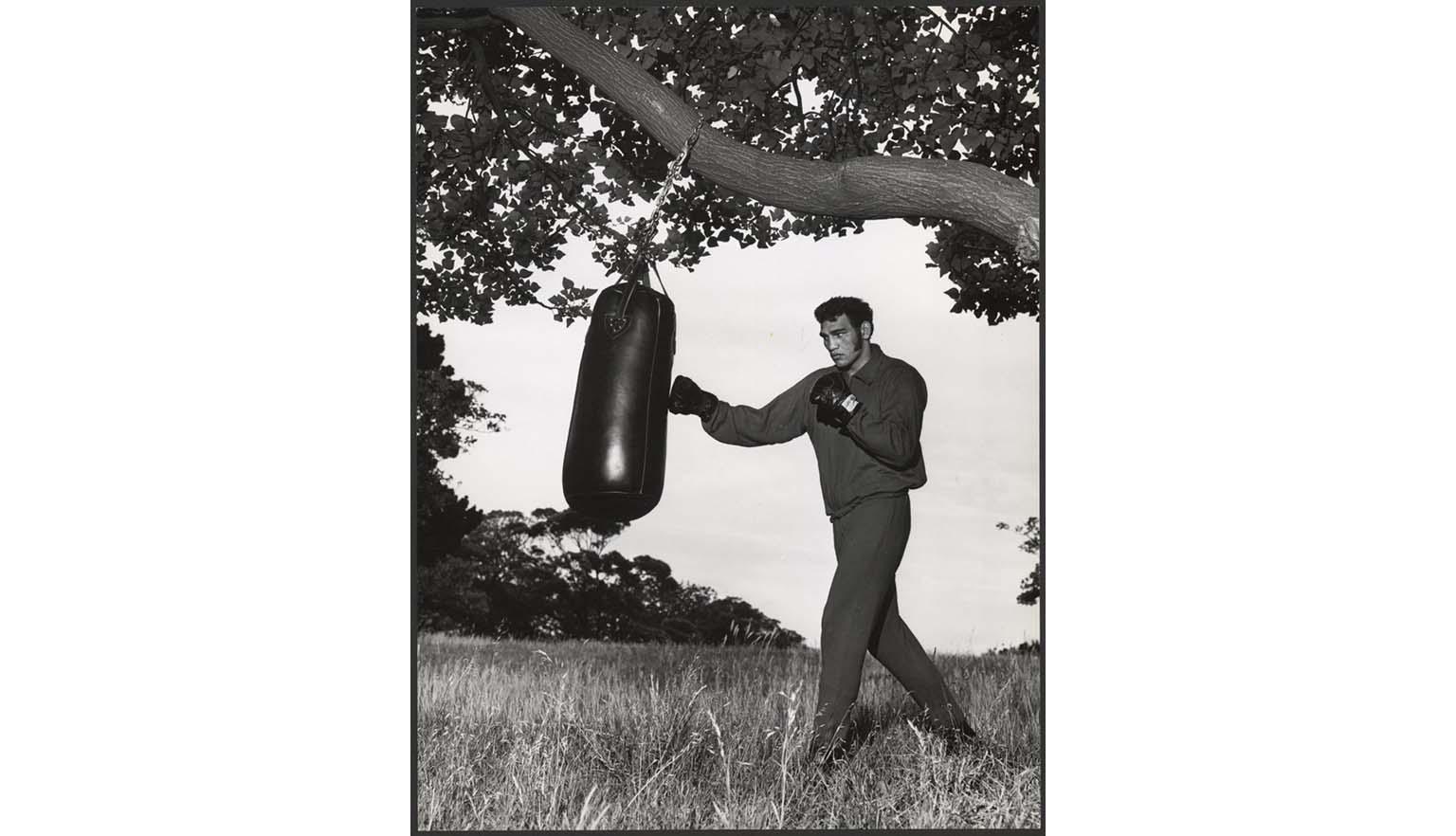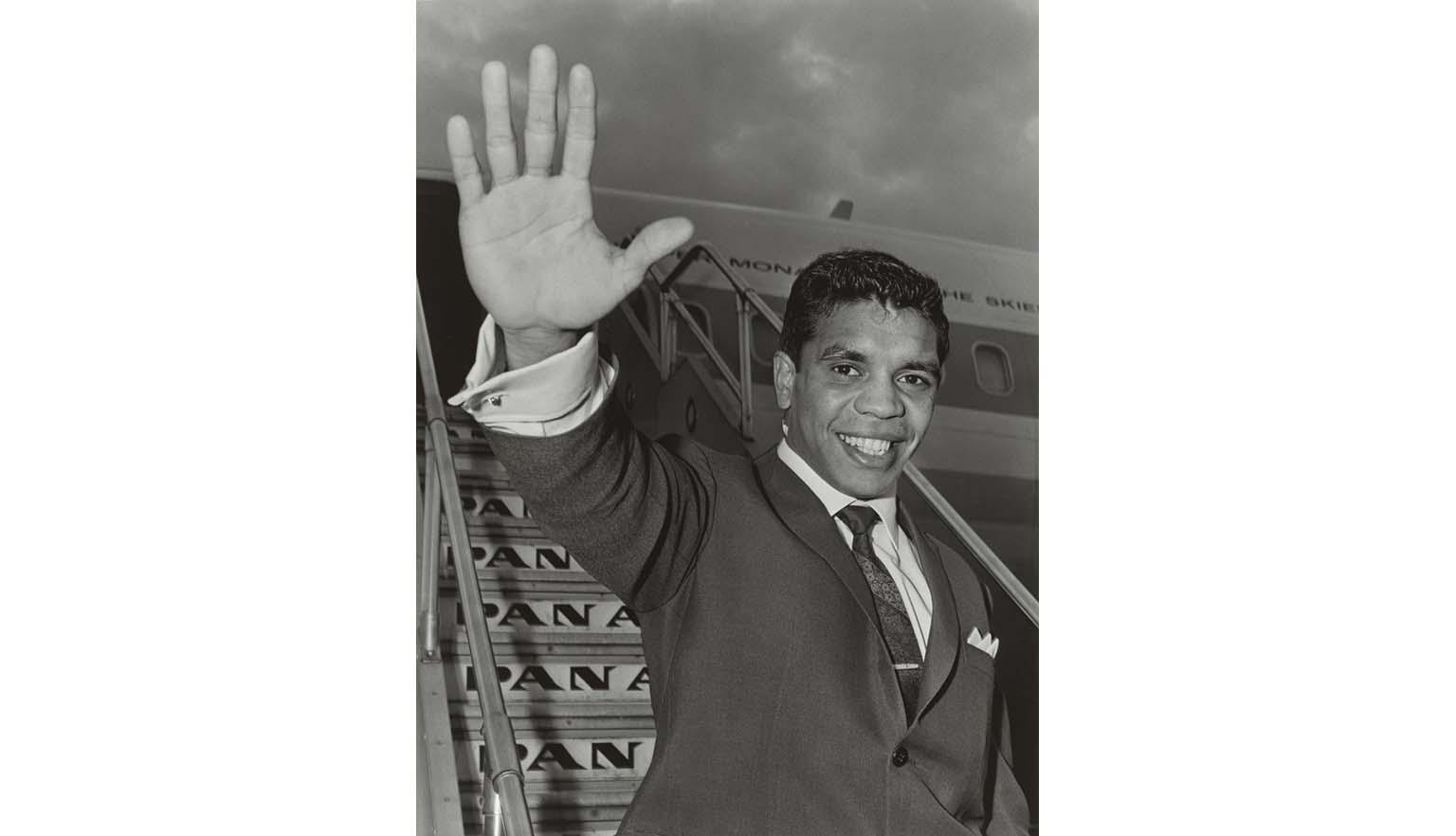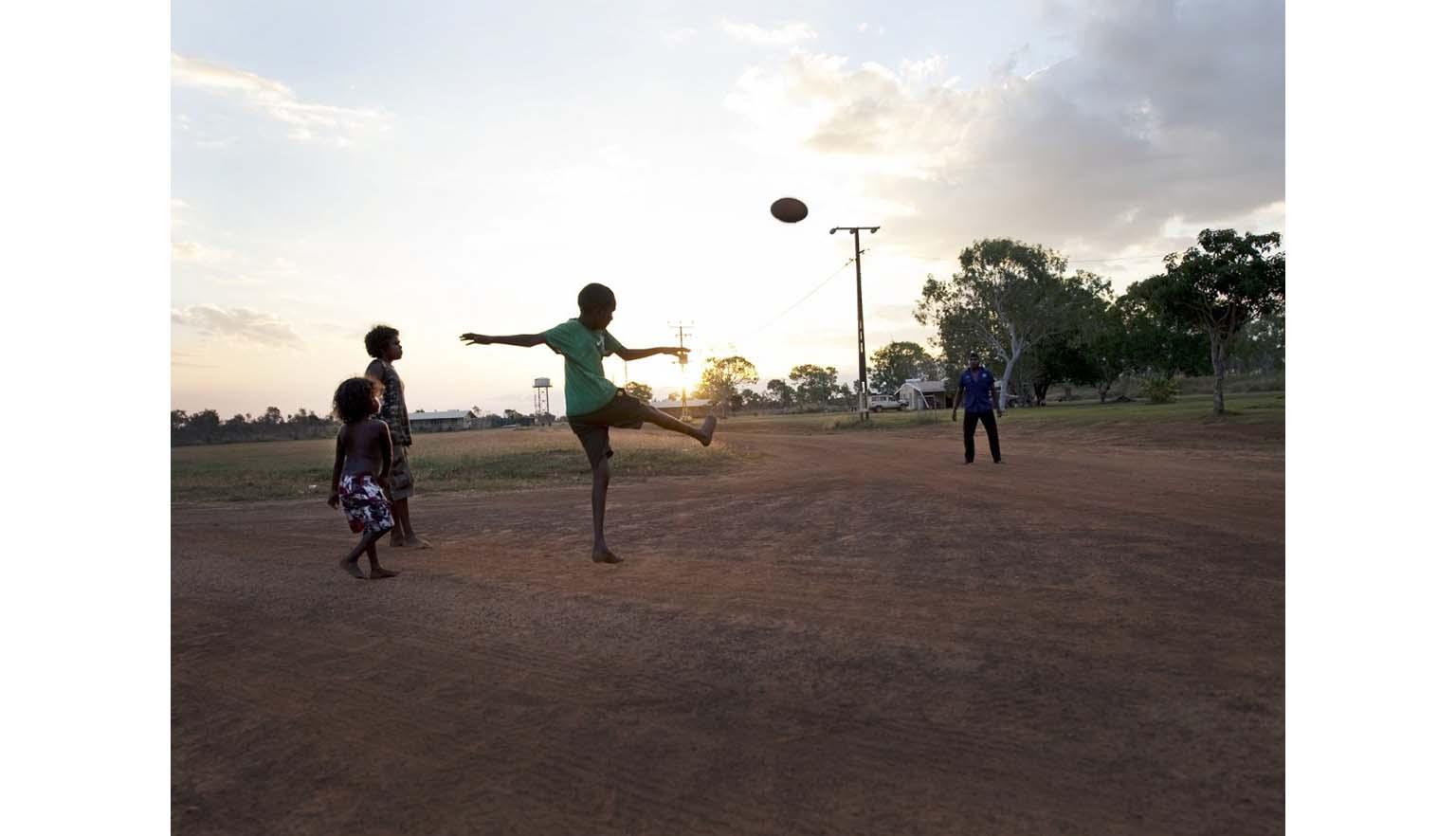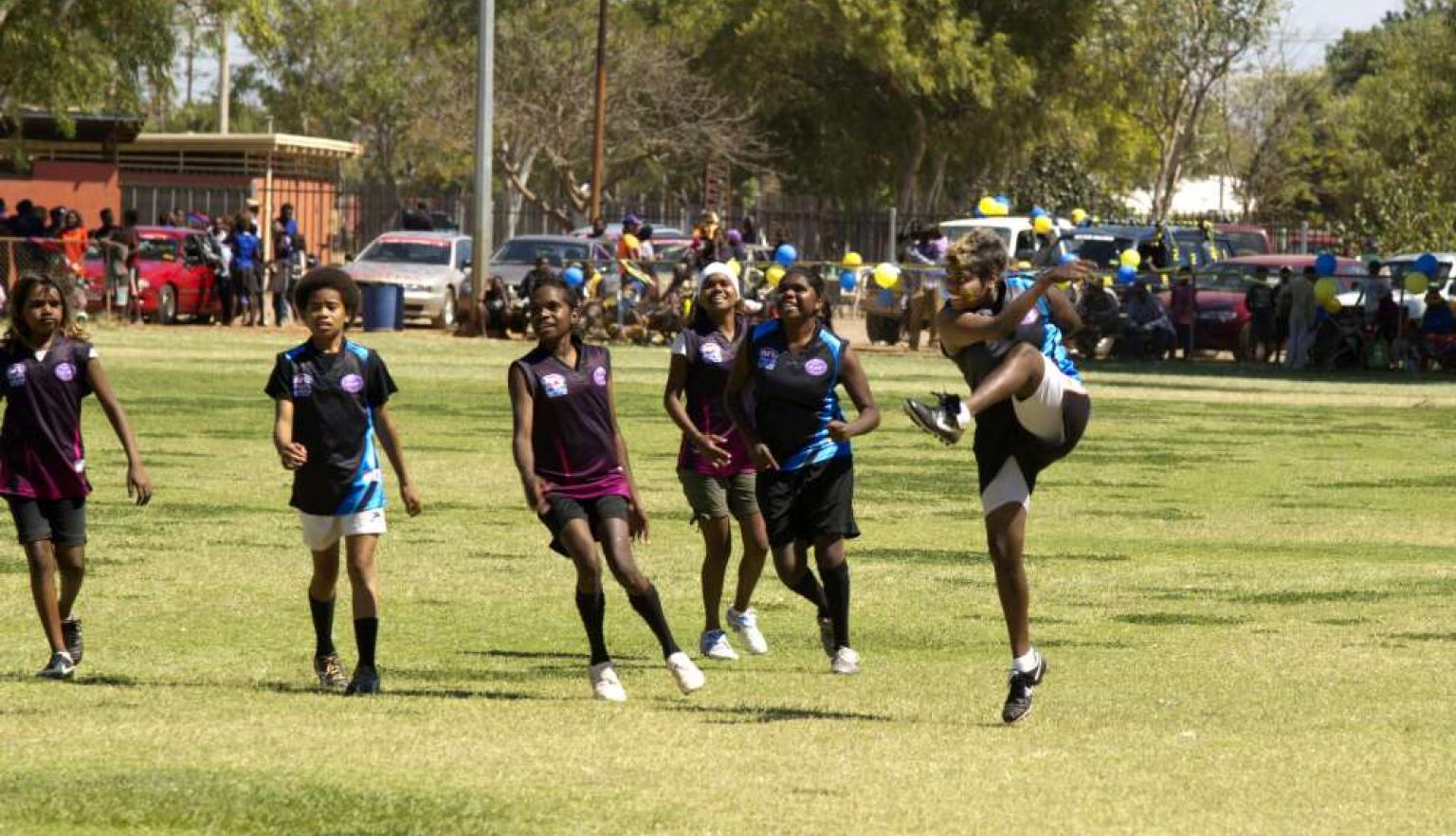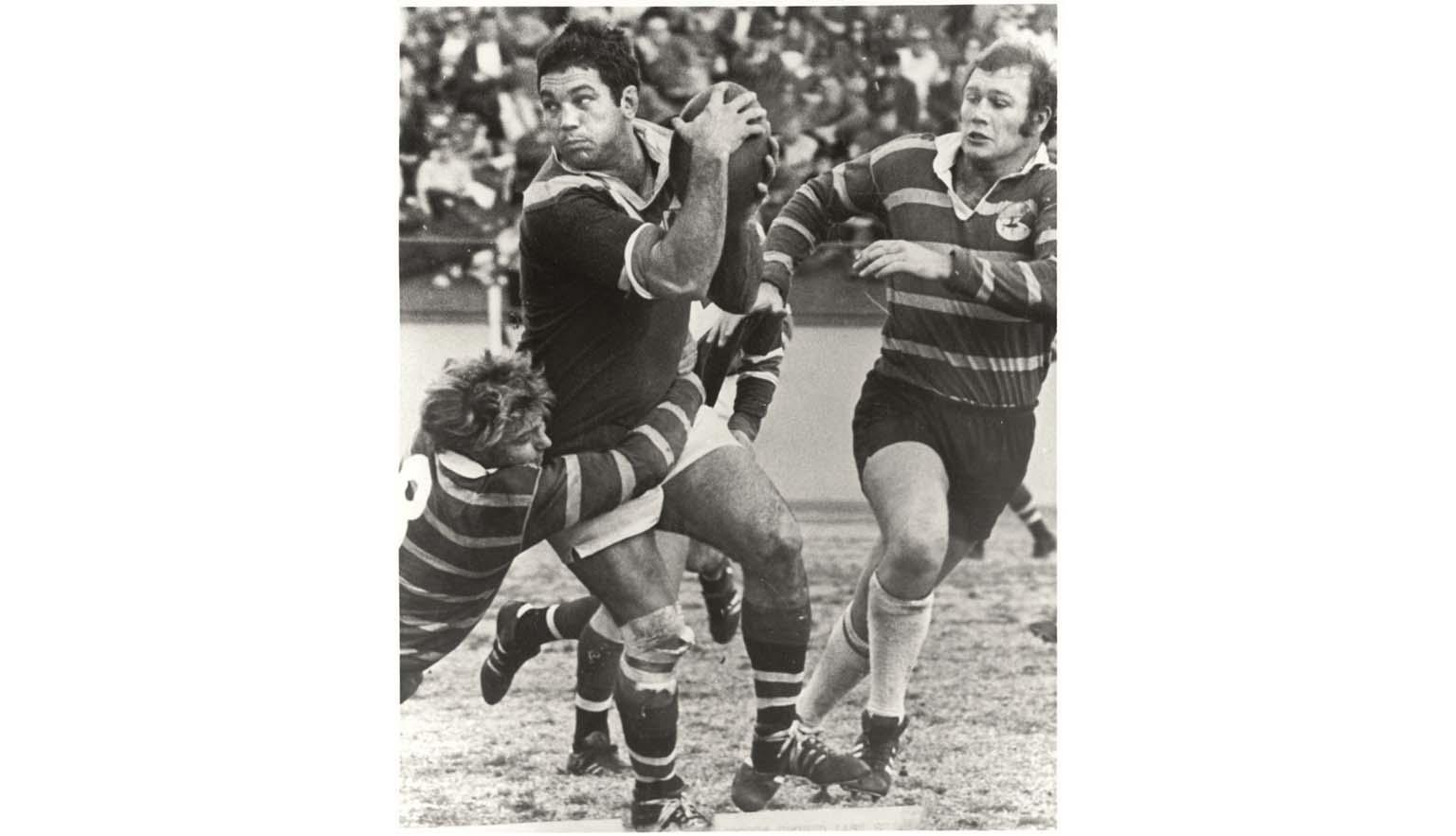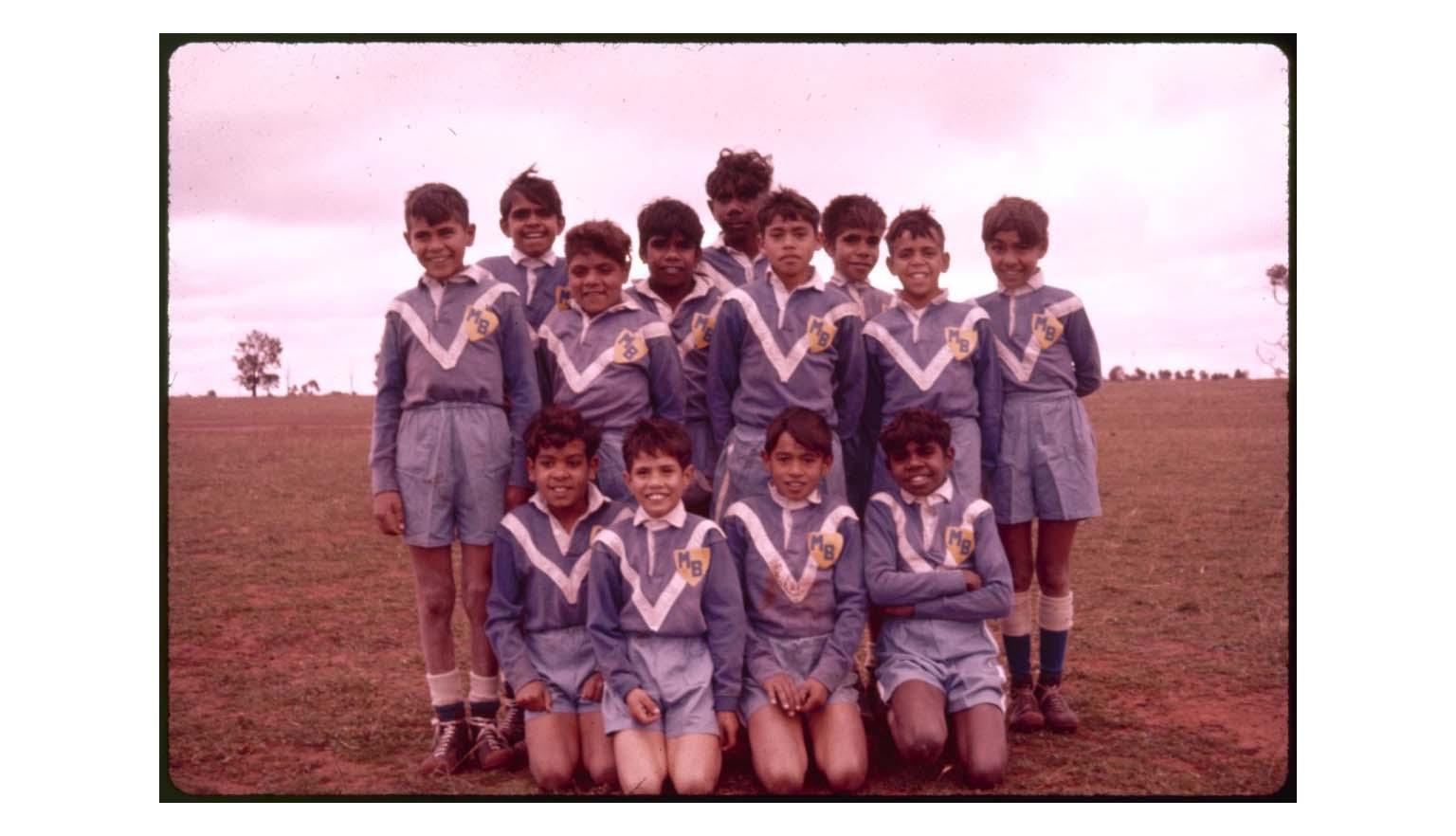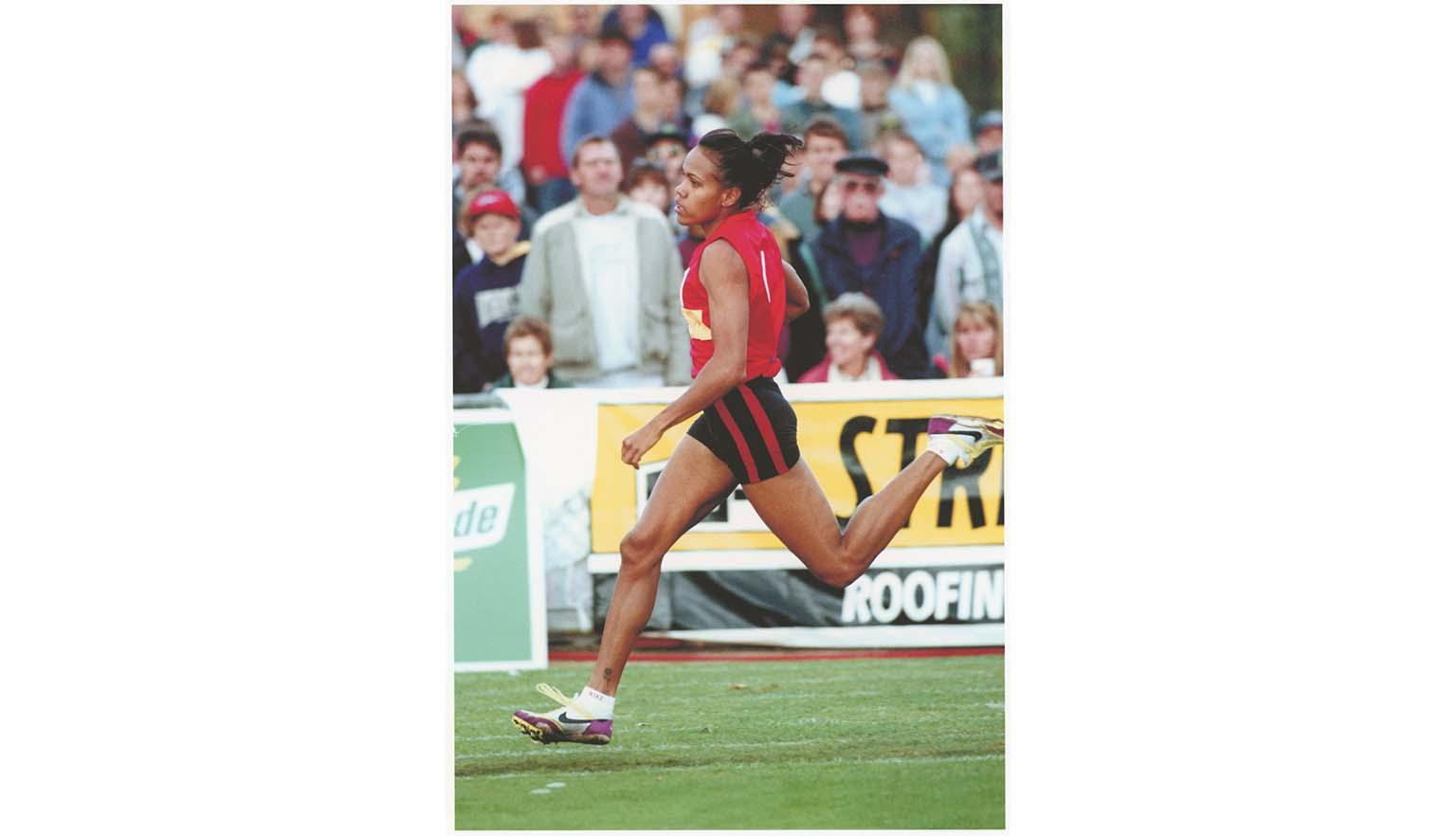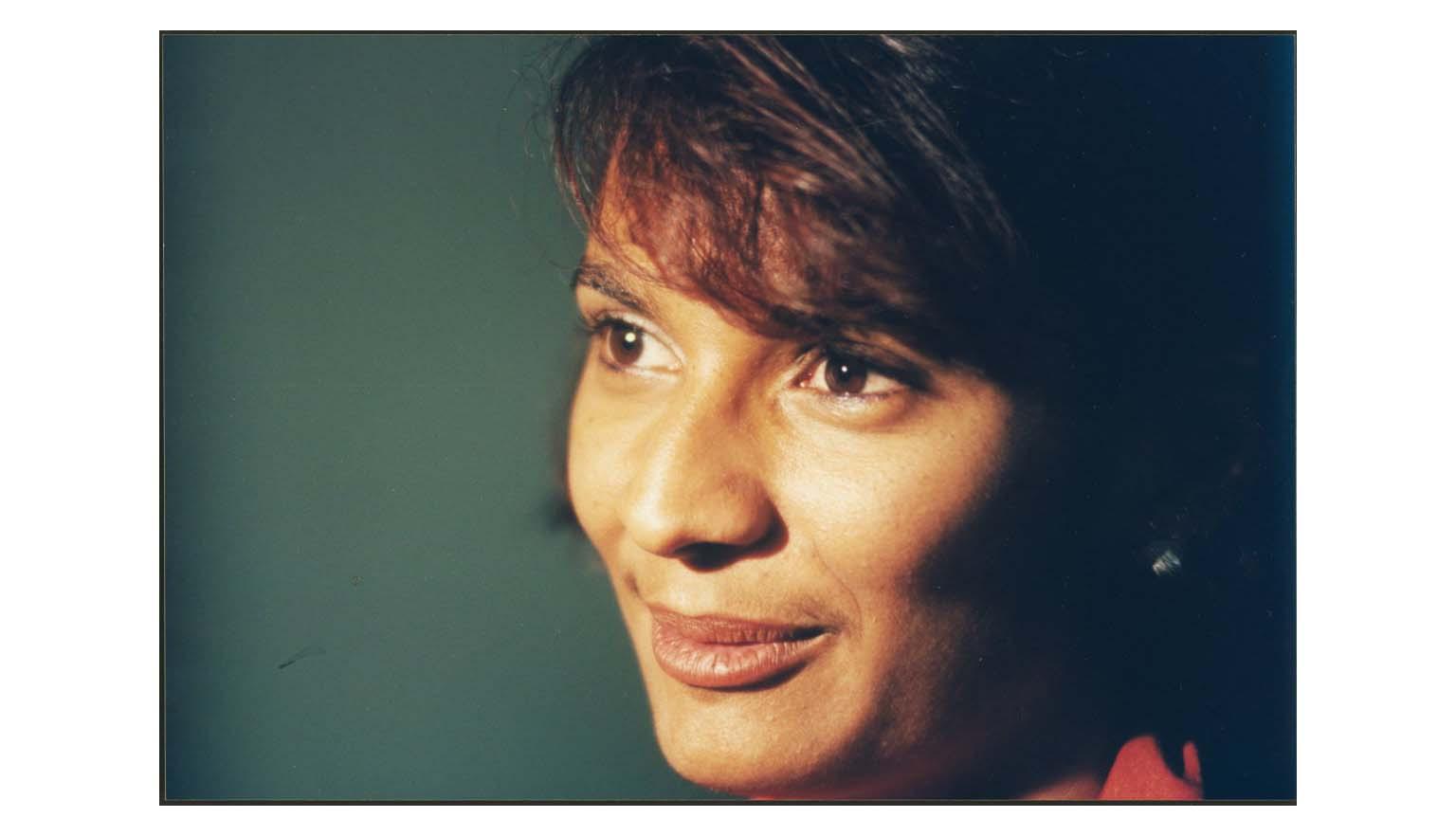First Nations people in sport
Cricket
The first Australian cricket team to tour overseas was made up of Aboriginal players. In 1868, a group of talented cricketers from western Victoria travelled to England to play 47 matches in just four months.
They played against teams that included British nobility such as the Earl of Coventry and Viscount Downe. The players wore distinctive coloured uniforms and were known by nicknames like Dick-a-Dick, Sundown and Twopenny.
Crowds were thrilled not only by their skill in cricket, but by displays of athleticism that included high jumping and throwing boomerangs and spears. However, some critics at the time argued the tour was exploitative, with a punishing schedule that led to illness among players.
Boxing
Boxing has always been a way for disadvantaged people to improve their lot. For Indigenous people in Australia, sport provided a way to level the playing field and compete as equals inside the ring or on the field. Sporting success offered the possibility of financial reward and broad social acceptance far above that which might be otherwise available.
This was particularly evident by the late 1960s, when huge crowds greeted 19-year-old Lionel Rose after his upset victory over world bantamweight champion 'Fighting' Harada in Tokyo. No Australian sporting star had ever been afforded the sort of welcome given to Lionel Rose when he returned to Melbourne with the title. At a time when Indigenous Australians were just starting to find a voice, his success spoke volumes.
Rose became the first Indigenous Australian to win a world boxing title and to be named Australian of the Year. These were impressive accolades for a young Aboriginal man in a country that had only just voted to include its Indigenous peoples in the census.
The success of Lionel Rose in the late 1960s opened doors for other Indigenous people. He became an idol and exemplar to tennis player Evonne Goolagong and to Olympic athlete Cathy Freeman, as well as to other notable Aboriginal fighters: Hector Thompson; father and son boxers Tony and Anthony Mundine; Lionel's old friend Baby Cassius Austin; slugger Steve Dennis; wily Wally Carr; slick Pat Leglise; world champions Robbie Peden and Daniel Geale; and London Olympians Damien Hooper and Cameron Hammond.
Football codes
Australian Rules
Alleged to have evolved from Gaelic football under the influence of Victoria's large Irish population, the first loosely ruled Australian football match was played between Melbourne Grammar and Scotch College at old Richmond Park in 1858. Like many sports, it sought to extend its scope beyond its original Victorian stronghold, with successful leagues established in South Australia, Western Australia and Tasmania from Federation. The onslaught northwards across the border into traditional rugby territory continued with the founding of successful teams in Sydney and Brisbane.
In recent decades, there has been some speculation around the origin of AFL. While many believe that the game evolved either from Gaelic football or earlier rugby-like games, there is a growing movement that believes AFL is descended from the Aboriginal sport known as Marn Grook.
An eye-witness account from Robert Brough Smyth, a geologist in 1878, describes a game being played by Aboriginal people east of Melbourne:
"The men and boys joyfully assemble when this game is to be played. One makes a ball of possum skin, somewhat elastic, but firm and strong ... The players of this game do not throw the ball as a white man might do, but drop it and at the same time kicks it with his foot, using the instep for that purpose ... The tallest men have the best chances in this game ... Some of them will leap as high as five feet from the ground to catch the ball. The person who secures the ball kicks it ... This continues for hours and the natives never seem to tire of the exercise."
A leading theory about the Indigenous influence on AFL is that Tom Wills, the man credited with pioneering the code, was inspired by the game of Marn Grook while he was a child.
He grew up in the Western District of Victoria and was the only non-Aboriginal child in the region. He grew up playing and taking part in sports with local Aboriginal children and was said to be fluent in the local dialects.
This close association and possible exposure to local ball games could have been highly influential on Wills. However, other historians argue that there is little evidence to suggest Marn Grook or similar sports were played by the people in this region.
The debate about the origin of AFL is still ongoing. Meanwhile, Marn Grook features heavily in AFL and Indigenous culture, with teams competing for the Marngrook Trophy at the end of the home and away season.
Rugby League
There is a long tradition of Indigenous participation in Rugby League, which continues into the modern era. In 2016, the NRL surpassed all other football codes in Australia for Indigenous representation; 12% of players and 4% of staff identified as Aboriginal or Torres Strait Islanders.
There has been a successful all-Indigenous team since 1973. In just 10 days, the Indigenous All Stars won 7 of their 9 matches. They went on to win games against the only all-Maori New Zealand team. Since 2010, a Rugby League All Stars match is played each year between the Indigenous All Stars, and the non-Indigenous NRL All Stars team. As of 2017, the Indigenous All Stars led the World All Stars with a 4–3 win/loss record.
Learning activities
Activity 1: Who gets to play?
Support students in investigating how accessible different sports are within your local area or school community. Facilitate a class discussion or small group task where students select a range of sports and rank them according to ease of access.
Encourage students to consider a variety of factors, including:
Financial barriers:
- Cost of team membership or club fees
- Cost of equipment (Can it be borrowed? Supplied? Required?)
- Uniform or training expenses
- Travel costs and location of facilities
Non-financial barriers:
- Time commitments (e.g. weekend games or after-school practice)
- Risk of injury or time off school/work
- Cultural perceptions or gender expectations
- Language or community engagement barriers
Use this activity to prompt reflection on broader questions, such as:
- What are the most common barriers to entry into sport?
- Are all sports equally accessible in Australia?
- How do these barriers affect pathways to professional sport for different social groups?
Activity 2: Mapping Australia through sport
Using a mapping tool like Google Maps, Scribble Maps or a large paper map, divide Australia into regions by most popular sport. Many places play more than one sport; students can either choose the most popular or indicate regions where sports overlap. As an extension, students could then consider demographic data (age, ethnicity, socio-economic status) and investigate if there is any correlation between this data and the spread of a particular sport.
Consider:
- Do some regions play more than one sport?
- Do sport preferences change at different times of the year?
- Is sport preference impacted by geography?
- What influences the spread of sports in a single country?
- What sources can you use to find this information?
- How do we display data on maps?

